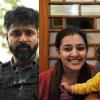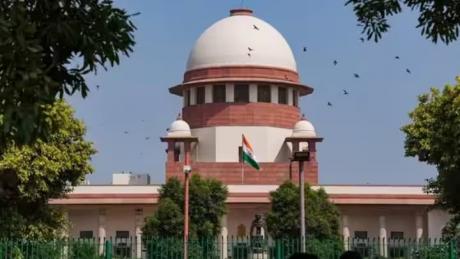(This article is authored by Alar)
India has successfully launched its first solar mission, Aditya-L1, to study the sun and its mysteries. The Aditya-L1 spacecraft, which was launched by the Indian Space Research Organisation (ISRO) today, is expected to reach a special point in space where it will orbit the sun and observe its various phenomena.
The mission was launched on September 2, 2023, at 11:50 am IST, by the Polar Satellite Launch Vehicle (PSLV-C57) from the Satish Dhawan Space Centre in Sriharikota, Andhra Pradesh. The launch was a success and the spacecraft was injected into an elliptical orbit around the Earth
The Aditya-L1 mission is a landmark achievement for India, as it will be the first country to explore the sun from a vantage point known as the Lagrangian point 1 (L1). This is about 1% of the Earth-Sun distance. The spacecraft will study the outer atmosphere of the Sun, also known as the corona. It will neither land on the Sun nor approach the Sun any closer.
This is a location about 1.5 million km (930,000 miles) from Earth, where the gravitational forces of the sun and the Earth balance each other, creating a stable orbit for the spacecraft. The first Earth Bound firing to raise the orbit of the spacecraft is scheduled for September 3, 2023, around 11:45 Hrs. IST. The Aditya L1 spacecraft is India's first solar observatory and is expected to cost over ₹ 300 crores. This is about US$50 million.
This will allow the Aditya-L1 to continuously monitor the sun without being affected by the Earth’s shadow or rotation. The Aditya-L1 spacecraft carries six scientific instruments that is equipped with seven payloads and is expected to provide information on Coronal heating, Coronal Mass Ejection, Pre-flare, and flare activities, Space weather dynamics, Propagation of particles, Fields in the interplanetary medium.
These observations will help scientists understand the solar dynamics and its impact on Earth’s climate and space weather. The mission will also contribute to the global efforts to unravel the secrets of the sun and its influence on our solar system.
The Aditya-L1 mission is expected to last for at least five years, during which it will provide valuable data and insights into the sun and its activities. The mission will also showcase India’s prowess in space exploration and scientific research, as it joins the elite club of countries that have sent probes to study the sun, such as the US, Europe, Japan, and China. T
🇮🇳India's maiden solar mission, Aditya-L1 successfully launched from Satish Dhawan Space Centre, SHAR, Sriharikota#AdityaL1 #AdityaL1Launch @isro pic.twitter.com/3zE0Bzz4Mo
— PIB India (@PIB_India) September 2, 2023









Comments